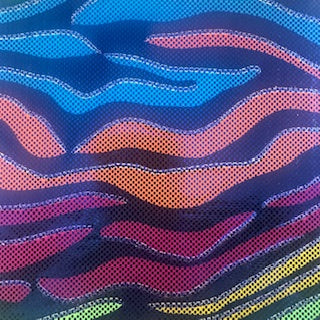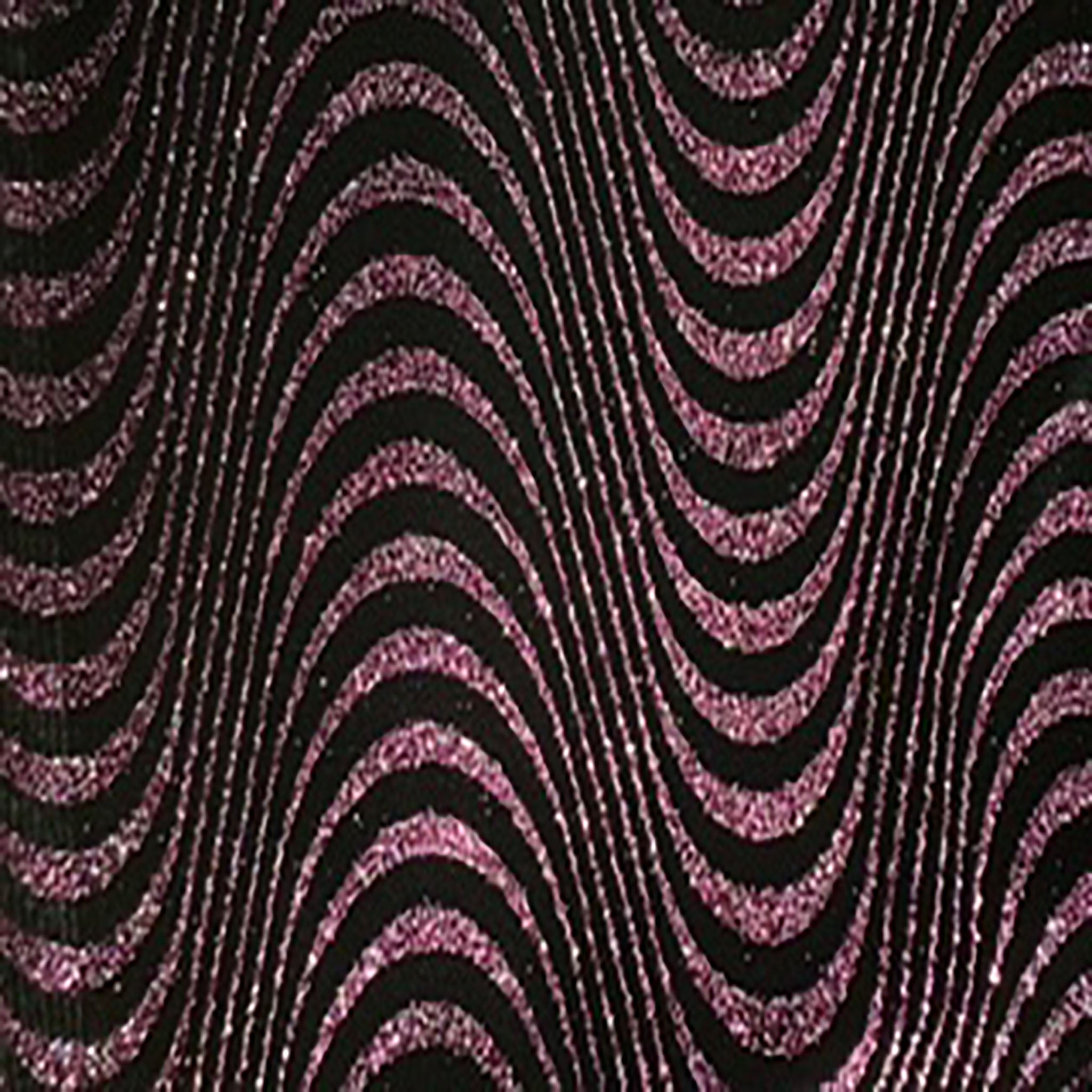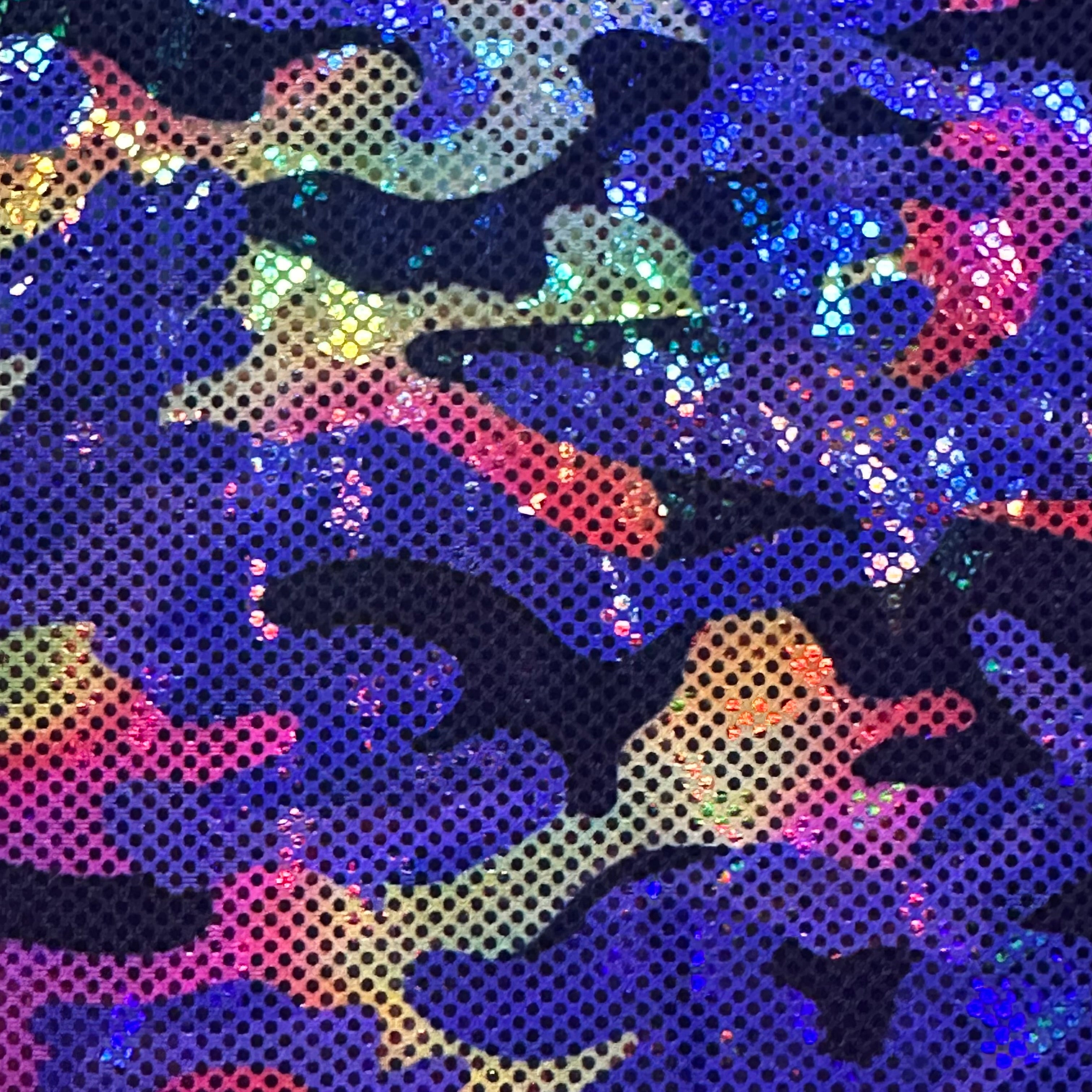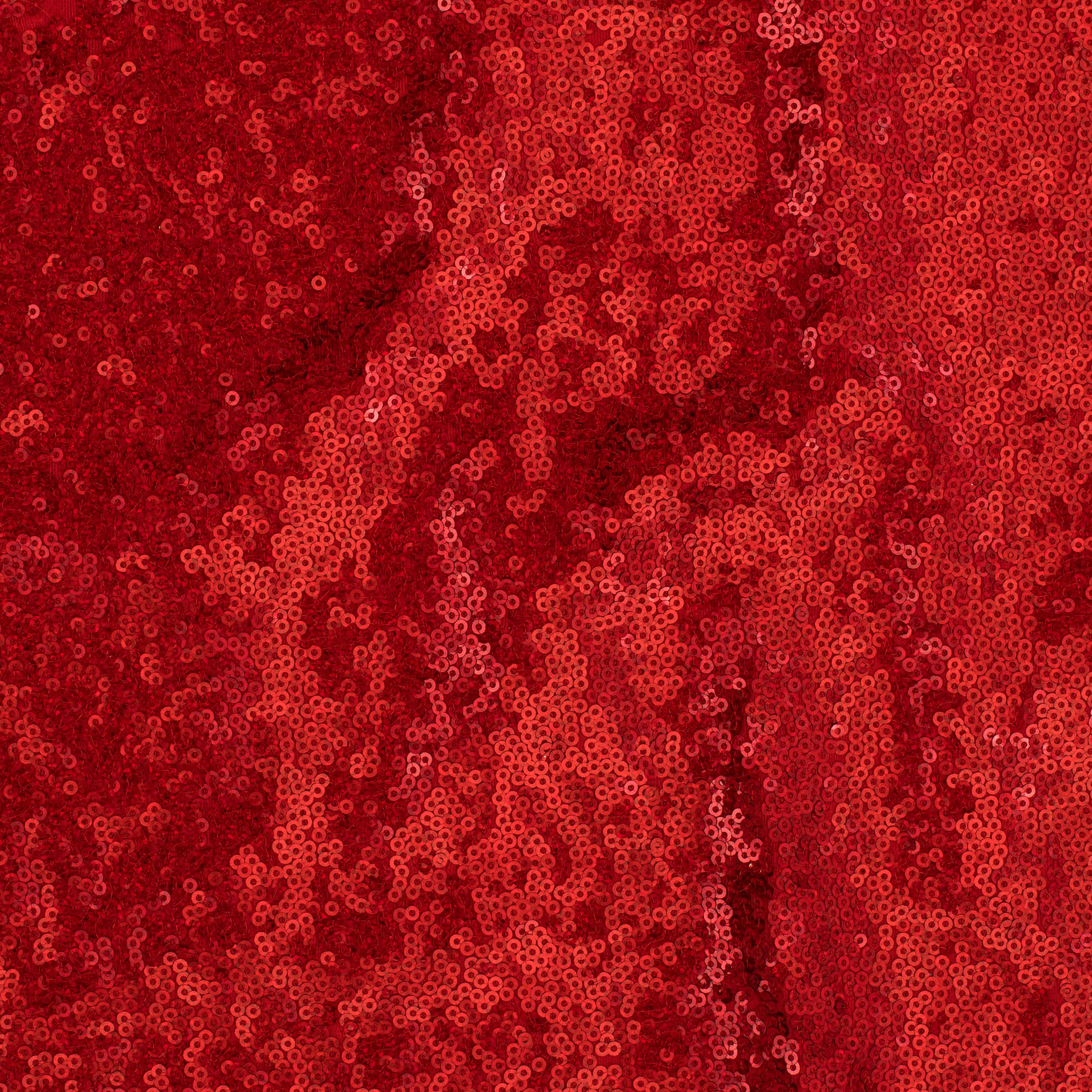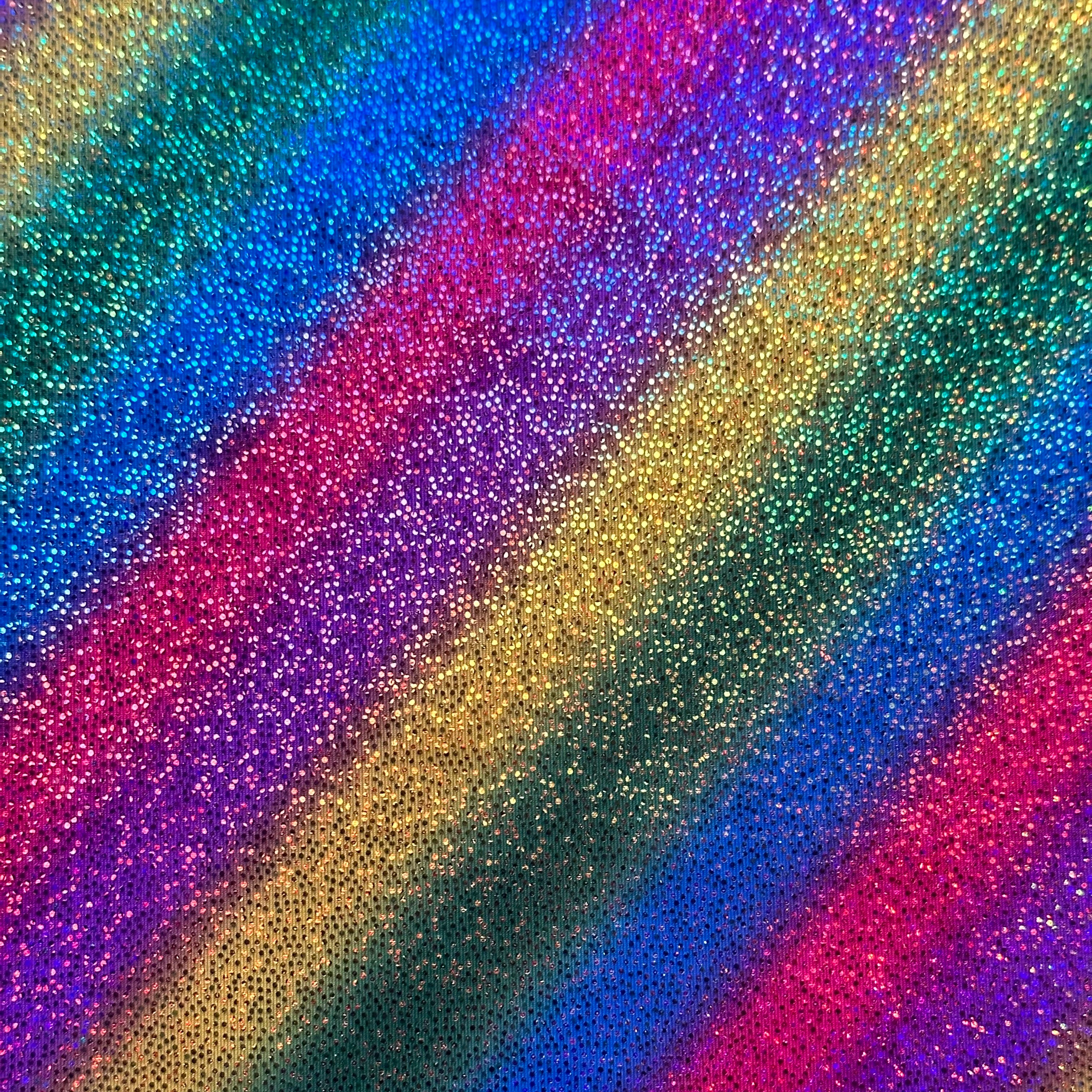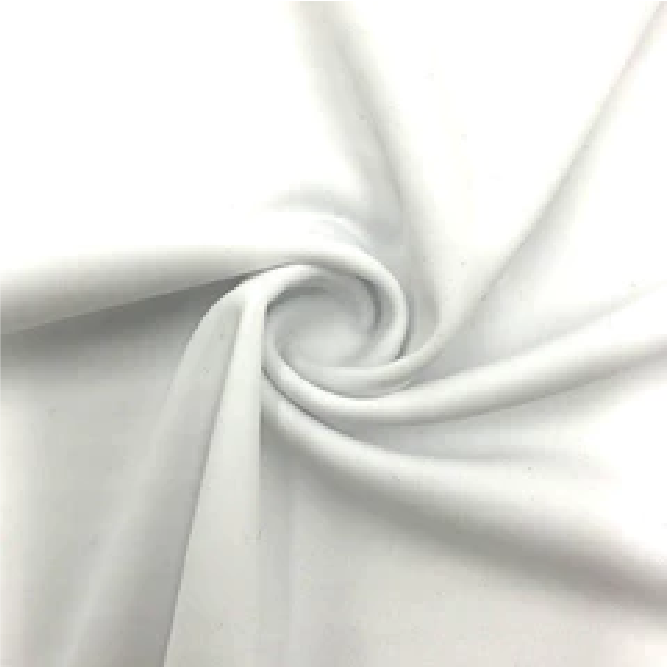
Spandex Fabrics: The Stretchy Wonder
Spandex, also known as elastane or Lycra, is a synthetic fiber that is renowned for its incredible stretch and recovery properties. One of the main advantages of using spandex in animal clothing is the flexibility it offers, ensuring a snug fit and freedom of movement for the animals. This is particularly beneficial for therapy animals, like guide dogs or emotional support animals, as well as animals engaged in agility training and performances.
Moreover, spandex fabrics are lightweight and breathable, which can be crucial for animals in warmer climates or during rigorous physical activities. The moisture-wicking properties of spandex can help keep animals comfortable and dry, which contributes to their overall well-being.
Other Fabrics: The Tried and Tested
Traditional fabrics like cotton, wool, and polyester have been the go-to choice for animal clothing for decades. They offer their own set of advantages, depending on the specific needs of the animal and the situation. For example, wool provides excellent insulation during colder months, while cotton is soft and hypoallergenic, making it suitable for sensitive animals.
Another advantage of using traditional fabrics is their availability and affordability. These materials are readily accessible, making them an accessible option for pet owners and animal handlers alike. Furthermore, natural fibers often biodegrade more easily than synthetic ones, aligning with sustainability efforts.
Ethical Considerations
When discussing animal clothing, it's essential to address the ethical aspects involved. While dressing animals might seem harmless, it can potentially cause discomfort or distress if not done thoughtfully. Some animals may show signs of stress when wearing clothing, while others might adapt comfortably. Therefore, any decision to dress animals should prioritize their welfare and involve close monitoring and consultation with veterinarians and animal behaviorists.
Furthermore, the materials chosen for animal clothing should be safe and non-toxic. Spandex, like any synthetic material, can potentially have negative environmental impacts and may not be suitable for all animals due to skin sensitivities or allergies. As responsible pet owners and handlers, it is our duty to ensure that the clothing we choose does not compromise the animals' well-being.




